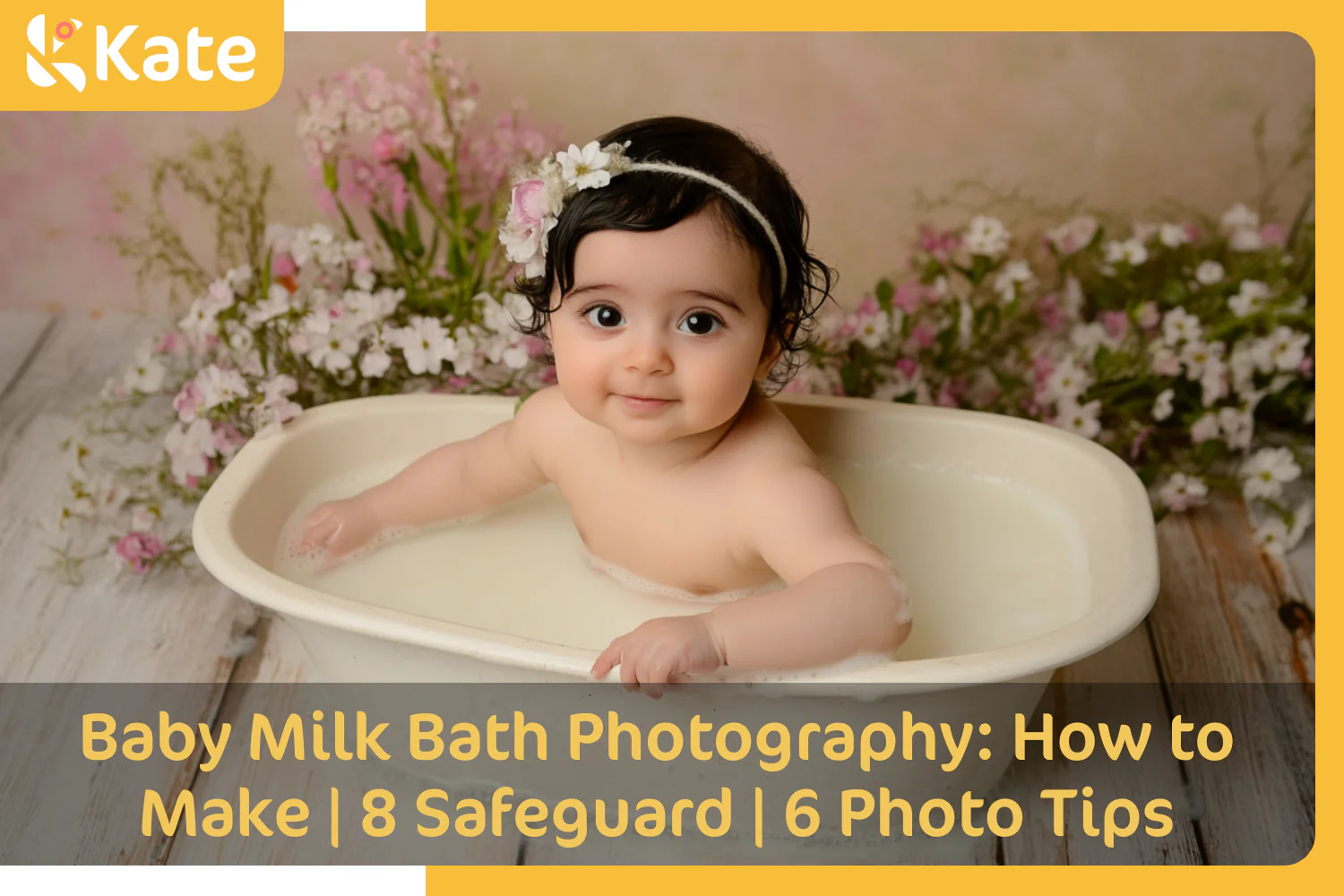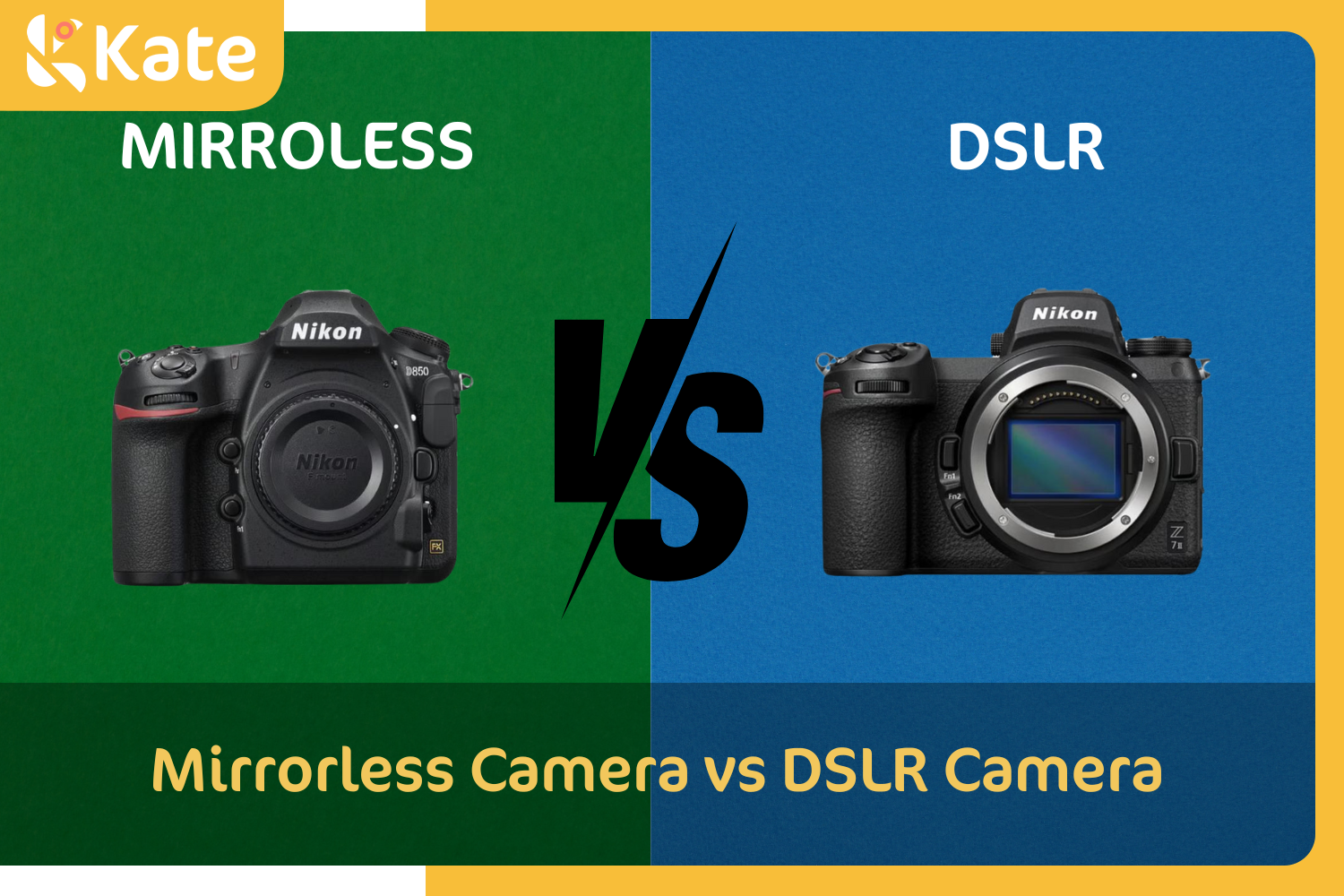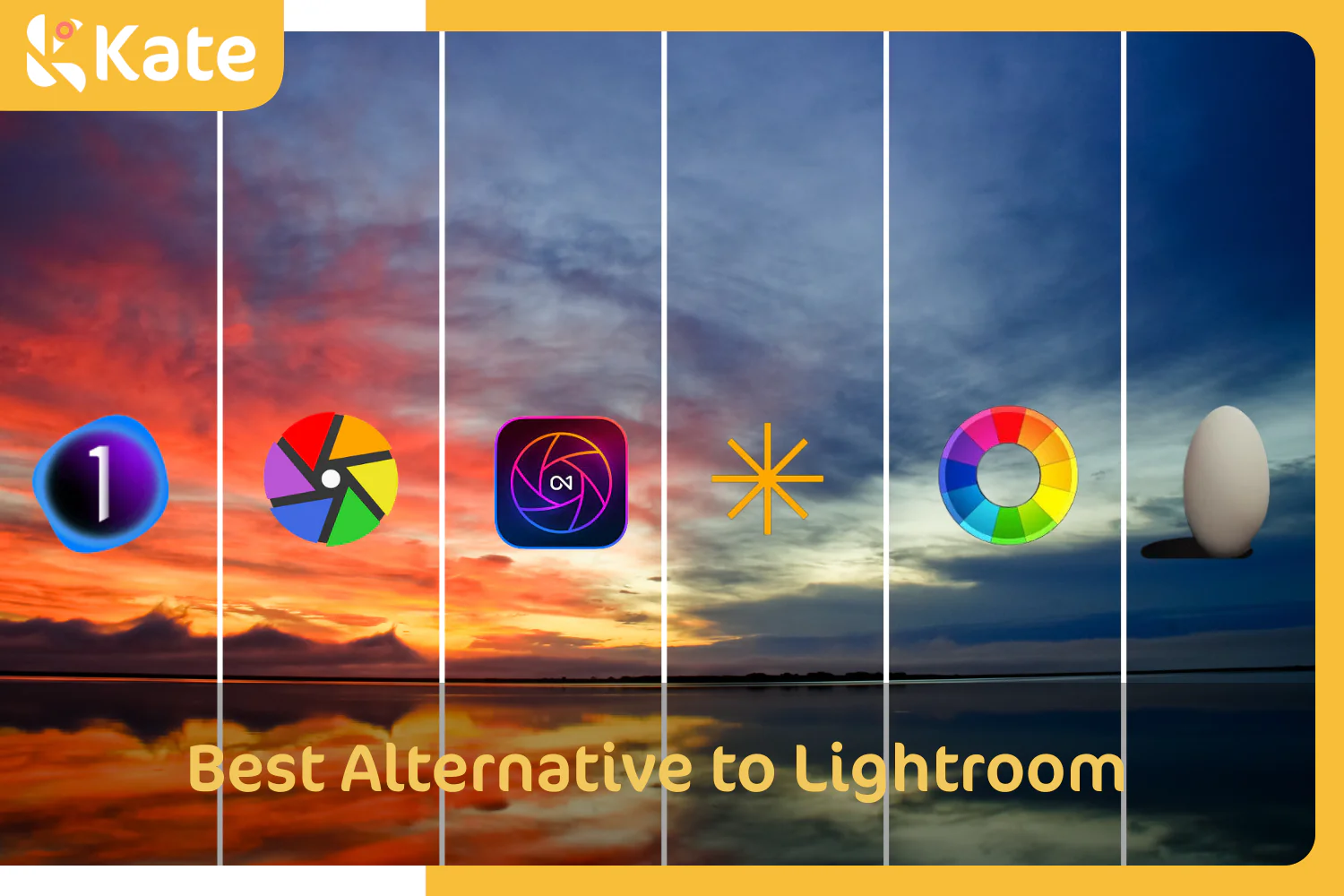What is Aperture? The Complete Guide for Beginners

Your camera’s aperture controls the amount of light that enters the camera through the lens. The aperture can be set to wide, narrow and varying points in between.Also called f-stops, aperture minimum and maximum settings range from around f/1.4 or less to f/22 or higher, though each camera is unique in its aperture range.The aperture choice affects the exposure of the image along with shutter speed and the ISO setting. Wide apertures produce background blur, and narrow apertures produce better depth of field, deeper focus from the front to the back of the scene.This complete guide to camera aperture for beginners provides comprehensive information about how the aperture you choose interacts with shutter speed and ISO to affect the exposure, aperture priority mode, best aperture settings for various photography scenarios and more.
- What is Aperture?
- How Aperture Affects Exposure
- How Aperture Affects Depth of Field
- What are the Differences Between Low and High Aperture?
- How to Change Aperture on a Camera
- What Are Aperture Settings for Different Scenarios?
- What Are Examples for Different Apertures?
- What Are the Advanced Effects of Aperture on a Camera?
- What Is the Difference Between ISO and Aperture?
What is Aperture?
Aperture in photography is the opening within the camera lens that controls how much light enters the camera sensor. In this regard, a camera aperture is like the pupil of an eye. A wide aperture setting allows in more light than a narrower aperture setting.

Source: Shutterstock
Here’s how camera aperture works:
Aperture opening size: The aperture settings are called f-stops and f-numbers. Smaller f-stops, such as f/2.8, indicate wider openings, taking in more light. Bigger numbers, like f/11 and higher, are smaller openings, letting in less light. To move from a larger aperture to a narrower aperture is called stopping down the aperture.
Exposure: Aperture, ISO and shutter speed are interrelated settings that control the amount of light your camera receives and how it impacts the exposure.
The camera aperture setting also impacts the depth of field. Narrow aperture openings produce a deeper depth of field in which both the main subject and what is in the background of the image are sharp. On the other hand, a wide aperture produces a shallow depth of field in which the background is blurred.
How Aperture is Expressed as F-stop or F-number on a Camera
Aperture is shown using the letter “f” followed by a number indicating the aperture setting. The f-stop is typically expressed as a fraction such as f/2.8 and f/16. Sometimes a capital F is used, such as F/8. Some digital cameras don’t express the f-stop as a fraction, using f- 5.6 or f 5.6 for example.
The f-stop number is shown as a fraction because it represents the ratio of the focal length of the lens to the diameter of the aperture opening.
On most digital cameras, the f-stop aperture number is shown digitally rather than on a dial, though many use a dial to adjust the aperture, and the change is shown in the digital display.

Source: Shutterstock
What is Low Aperture (Low F Stop) in Photography?
Low aperture in photography is a wide aperture, which seems counterintuitive. Low apertures are indicated by lower f-numbers such as f/1.4, f/1.8, f.2.0 and f/2.8. The lowest f-stops are typically available only on pro and semi-professional camera models. While there is no technical definition of low aperture, photographers consider f stops up to 5.6 to be low aperture. These settings are also called wide aperture and large aperture because they allow in more light.
What is High Aperture (High F Stop) in Photography?
High aperture in photography is a narrow aperture indicated by higher f-numbers. High apertures are generally considered from f/11 to f/22. These are also called narrow aperture and small aperture f-stops because they are narrower aperture settings which allow in less light.
What are the Maximum and Minimum Apertures on a Lens?
On a camera lens, the maximum aperture and minimum aperture are the widest and narrowest possible aperture openings of the lens. Maximum = widest and lowest f-number; minimum = narrowest and largest f-number. The range varies by lens.
How Aperture Affects Exposure
Aperture affects exposure by controlling the amount of light entering the camera through the lens. Here is what you should consider when choosing an aperture f-number.
A wider aperture f-number such as f/2.8 and f/3.5 means that the shutter opens wider. This allows more light to reach the camera’s light sensor, producing a brighter image. A wider or larger aperture is a good choice for low-light conditions.
A second effect of a wider aperture on exposure is a shallower depth of field. This produces a blurred background effect which is known as bokeh.
A smaller or narrower f-stop number such as f/11 and f/16 represents a narrower diaphragm opening. This allows less light to reach the camera’s sensor, which is useful in bright light conditions to prevent overexposure of the image. When light is lower, a narrow aperture can result in an image that is underexposed and dark.
Another impact of a smaller aperture f-number is increased depth of field. This means that the image shows sharper focus from the foreground to the background, a result called deep focus.

How Aperture Affects Shutter Speed
Aperture and shutter speed have an inverse effect on how much light enters the camera and reaches the camera’s sensor.
Aperture controls the size of the lens opening. A wider aperture, indicated by a lower f-number, allows in more light. A narrow aperture, shown by a higher f-number, allows in less light. Shutter speed controls how long the shutter remains open.
Because wide aperture settings allow in more light, the shutter speed should be faster to ensure adequate exposure.
The opposite is true – with a narrow aperture, allowing in less light, the shutter speed should be slower, allowing light to hit the sensor for longer, to produce proper exposure.
How Aperture Affects Depth of Field
A wider aperture produces a shallower depth of field. Depth of field is the depth of the scene in focus in the image. In images with a shallow depth of field, the background will be blurry, an effect commonly called bokeh. Larger aperture is indicated by lower f-numbers like f/1.4 and f/2.8.
By contrast, a narrower aperture results in greater depth of field in which images are in sharper focus in front and in the background. Narrower, smaller aperture settings have higher f-numbers, usually f/11 and above.
Of course, aperture is a range from the maximum aperture to the minimum aperture f-stop, and so the depth of field varies slightly with each adjustment of the aperture. By adjusting the f-stop, the photographer controls the depth of field, or how much of the scene is in focus and to what extent the background is blurred. Depth of field adjustments are done to produce the desired artistic effect in various types of photography including portrait photography, street photography, and landscape photography.

What are the Differences Between Low and High Aperture?
The differences between low aperture and high aperture settings are the amount of light entering the camera, the scene’s depth of field, and the results these factors have on the image produced.
- Light gathering and aperture size: The lower the aperture number, aka low f-stop, the wider the aperture opening, and the more light enters the camera sensor. Low aperture numbers include f/1.4, f/1.8, f2.8, up to around f/5.6. They result in a bright exposure.
-
On the other hand, the higher the aperture number, or high f-number, the narrower the aperture opening. The result is less light reaching the camera sensor and the darker the exposure.
-
Depth of field: Wide aperture settings produce shallow depth of field in the image, meaning how deep into the image objects are in sharp focus. The narrower the aperture gets, the greater the depth of field that is produced.
-
Results of low aperture vs high aperture on the image: Shooting with a low aperture or f-number results in increased brightness and shallow depth of field, and these factors produce a bright image with bokeh in the background, which can be an intentional artistic effect. Raising the f-stop setting produces a darker image with more consistency of sharp focus from front to back within the image.
Here is a table showing how aperture size affects these factors and their results on the images produced.
|
Larger/Wider
|
Aperture Size
|
Smaller/Narrower
|
|
More Light
|
Light Reaching the Sensor
|
Less Light
|
|
Shallow
|
Depth of Field
|
Deep
|
|
Very Blurry
|
Background Blur
|
No Blur
|
|
Less Likely
|
Higher ISO
|
More Likely
|
|
More Likely
|
Fast Shutter Speed
|
Less Likely
|
How to Change Aperture on a Camera
Most cameras allow you to change the aperture in several ways. Here are the common methods for changing camera aperture or f-number.
-
Mode Dial: There are a few modes on the camera that allow you to change the aperture on a camera.
-
Manual Mode, designated with M: In Manual Mode, you fully control all aspects of the exposure – aperture, shutter speed, and ISO.
-
Aperture Priority Mode, aka A or Av: In this mode, you choose the aperture, and the camera adjusts shutter speed. On many models, ISO is also automatically adjusted based on the aperture selection.

Source: Shutterstock
-
Controls: Your camera may have one or more control dials or buttons on the camera body that adjust the aperture when turned. The aperture f-number will appear on the screen and change as you adjust the dial or press the button.
-
Menu: Many entry-level digital cameras use the menu system for aperture adjustments. Look for the menu item Exposure or Aperture to change the aperture.
-
Touchscreen: Cameras with touchscreens often allow for aperture changes using images that are tapped or a slider or dial that is adjusted to make the aperture change.
-
Lens Ring: Many camera models have a lens ring that will change the aperture setting when it is rotated.

Source: Shutterstock
What is Aperture Priority Mode?
Aperture priority mode on a camera is a setting in which you choose the aperture or f-stop of the lens and the camera automatically adjusts the shutter speed and also possibly the ISO setting to ensure a properly balanced exposure.
The aperture priority mode is designated as A or Av on your camera. Because the camera makes some adjustments based on the aperture setting, the f-stop priority mode is called a semi-automatic mode.
To use A mode or aperture priority mode, choose the f-stop value you want based on the amount of light you want to enter the camera. The camera will then monitor available light and automatically use a shutter speed that will allow light to enter the camera for a long enough time for proper exposure. Most modern digital cameras also automatically adjust ISO to ensure the camera’s light sensor sensitivity is correct given the aperture and shutter speed settings.
What Are Aperture Settings for Different Scenarios?
Here are common aperture settings used in different photography scenarios, and which f-stop settings are best for each type of photography.
|
Aperture Setting
|
Scenarios
|
|
More light-hitting sensor
|
Shallower depth of field / More background blur
|
|
f/1.4
|
Portrait, Sports, Action, Low light, Astrophotography
|
|
f/2.8
|
Portrait, Sports, Action, Wildlife, Low light, Astrophotography
|
|
f/4
|
Portrait, Products, Nature, Wildlife, Travel, Sports, Event
|
|
f/5.6
|
Portrait, Wildlife, Products, Street, Architecture, Travel, General, Event
|
|
f/7.1
|
Portrait, Travel, Real estate, Architecture, Street, General, Event
|
|
f/8
|
Portrait, Landscape, Real estate, Street, Architecture, Group, Travel, Event
|
|
f/11
|
Landscape, Architecture, Cityscape, Group, Macro, Daylight, Long Exposure
|
|
f/16
|
Landscape, Architecture, Cityscape, Large group, Macro, Daylight
|
|
f/22
|
Landscape, Macro, Large group, Cityscape, Bright daylight, Long exposure
|
|
Less light hitting sensor
|
Greater depth of field / Less background blur
|
What Is the Best Aperture for Portrait Photography?
The best aperture settings for portrait photography range from f/1.4 to f8.0. The specific f-stop that is best depends on what you want the image to look like.
A larger aperture, such as f/1.4 and f/2.8, produces a thinner depth of field in which the subject of the portrait is isolated from the background, since the background will be quite blurry, creating a strong bokeh effect.
On the other hand, a midrange aperture, such as f/4.0, f/5.6, and f/7.1, provides balance with good subject sharpness and varying degrees of resolution in the background. The narrower the aperture, the deeper the focus.
Finally, larger f-stops such as f/8 and higher produce greater depth of field in which the portrait subject and background are in focus. Photographers rarely shoot portraits in apertures above f/11 or f/16.

What is the Best Aperture for Landscape Photography?
Landscapes are shot in a wide range of aperture settings from f/8 to f/16 and up to f/22 if the camera has the capability. In general, narrower f-stops like these are used in landscape photography to produce greater depth of field and sharpness of detail from the foreground to the background.
Sharpness in depth of field is maximized at around f/8.0, delivering focus throughout the landscape. F/11 provides greater depth of field and is used for wide, expansive landscapes, making f/11 the f-stop of choice for many professional landscape photographers. While f/16 provides even greater depth of field, image quality can begin to suffer at f/16 and above due to diffraction, the bending of light waves that occurs with a very small aperture.
What Are Examples for Different Apertures?
Here are common, different aperture widths with examples of the images they produce.

f/1.4: This very wide aperture setting is used in low-light conditions like astrophotography and to capture subjects that are moving, such as in sports, action and low light wildlife photography. But the depth of field is very shallow and requires precise focusing to produce a sharp subject, and faster shutter speeds are also typically necessary.
f/2.8: This is the widest aperture setting on many digital cameras. Like f/1.4, it is used when light is low and also when subjects are moving. It is also used in some portrait photography to isolate the subject against a very blurry background. Because depth of field is thin, it can be difficult to get the subject in focus.
f/4: Considered a wide aperture, f/4 is ideal for use in indoor and cloudy outdoor conditions. It is a good choice for portrait, product, nature, wildlife, travel, sports and events photography when a shallow depth of field with some bokeh is acceptable.
f/5.6: This f-stop is considered midrange in width and is used in a variety of light conditions. It provides a good balance between bokeh and depth of field when used in portrait, street, wildlife, product, architecture, event and general photography. The depth of field is greater than wider aperture settings, and so it provides less isolation of the main subject, if that is desired.
f/8: This midrange aperture is the “sweet spot” for many camera lenses delivering a good balance between bokeh in the background and depth of field detail. F/8 is used in all types of photography, but it isn’t a good choice for low-light scenarios.
f/11: This f-stop is popular for producing good depth of field focus, which makes it a good aperture for macro photography, group portraits, landscapes, cityscapes, and architecture photography. Because it is narrow, f/11 requires more light or a higher ISO for adequate exposure.
f/16: Among the narrowest aperture settings with excellent depth of field, f/16 needs plenty of light or a high ISO. This narrow aperture is used in group portraits, landscape, architecture, and macro photography.
f/22: This is the narrowest aperture on some cameras. The increased depth of field provides sharp details from the background of the image. Like f/16, f/22 typically requires a lot of light and/or a higher ISO, and light diffraction is a common disadvantage of shooting at f/22.
What Are the Advanced Effects of Aperture on a Camera?
Aperture has several advanced effects on a camera in addition to controlling depth of field and exposure in conjunction with shutter speed and ISO. These advanced aperture effects give the photographer greater creative control and precision in producing the images they want.
Here are the top advanced effects of aperture on a camera and the photos you produce.
-
Bokeh effect: Bokeh is the blurred background in an image produced by a shallow depth of field. When is bokeh used? Bokeh blurs the background in order to set off or isolate the main photo subject in the foreground. It is also used for creativity. The quality of bokeh blur depends on the lens and the number, and shape of the blades in the aperture. A high number of rounded aperture blades, 7 for example., creates smoothly blurred circles known as bokeh balls. Fewer blades and blades with sharper angles deliver more angular or polygonal bokeh shapes.

-
Starbursts: Narrow apertures can produce starburst effects around the sun, bright lights, streetlights, candles and other light sources. The starburst light effect is caused by light diffraction around the edges of the aperture blades.
-
Chromatic and spherical lens aberration: Large aperture settings amplify color aberrations resulting in an aperture effect called color fringing, along with sharp color contrasts. Spherical aberration manifests in double edges and uneven blurring. These issues can be used creatively while some photographers seek to minimize them depending on the desired look of the exposure.

-
Diffraction and sharpness: Light bending around the edges of narrow apertures like f/16 and f/22 produce a softening of the light through the entire image. Large apertures can produce a softening of the image. Finding the balance you prefer takes practice to know your camera.
-
Focus shift: Some lenses shift the point of sharpest focus in narrower apertures, which presents challenges in macro photography and other scenarios.
-
Vignetting: This aperture effect is common in large apertures resulting in the corners of the image being darker than the center. This effect can be fixed or reduced in post-processing if desired.

-
Field curvature: The plane of focus can be curved, especially in wide apertures. This aperture effect can be reduced by stopping down the aperture from, e.g., f/5.6 to f/11 or f/16.
What Is the Difference Between ISO and Aperture?
The difference between ISO and aperture is that ISO refers to the sensitivity of the camera’s light sensor while aperture is the amount of light the lens allows to hit the sensor. As a result, ISO and aperture handle light and the resulting exposure differently.
They are related in that they both relate to light gathering and the exposure produced by the camera.
The first contrast is that the aperture controls how much light enters the camera sensor, and ISO is the sensitivity of the sensor when the light enters it.
The aperture in the lens can be set to various sizes, also called widths, to control the amount of light entering the sensor. A wide aperture, indicated by a low f-stop number or f-number such as f/16 or f/22, allows in more light than a narrow aperture, one with a low f-number, such as f/1.4 or f/2.8.
The light sensor can be set to various sensitivity levels, aka ISO levels. Low ISO numbers such as ISO 50 and ISO 100 are less sensitive to light than high settings like ISO 800 and ISO 1600.

The second contrast between aperture and ISO is that aperture impacts the depth of field of the exposure, and ISO affects its brightness.
Apertures produce a lot of blur or bokeh at a wide setting. At narrow settings, the aperture produces sharp detail throughout the image from foreground to background.
In terms of brightness, a higher ISO allows the sensor to capture light in darker settings. However, at higher ISO, the image will contain more noise, showing up as dots or speckles of light, similar to grain in film photography shot at high ISO.
Experimenting with various combinations of ISO and aperture gives you an understanding of how each impacts exposure. A wide aperture and high ISO produce a shallow depth of field in low-light conditions. At the other extreme, a narrow aperture and low ISO produce a sharp, high-quality image in good light conditions.









 Boho
Boho










